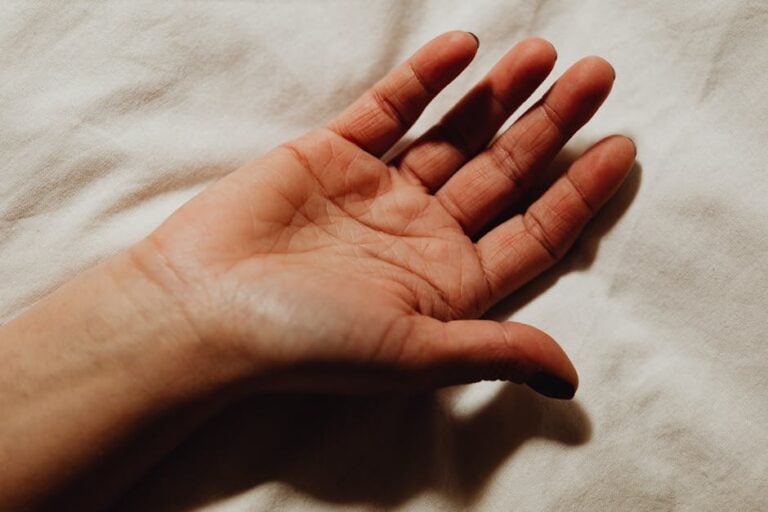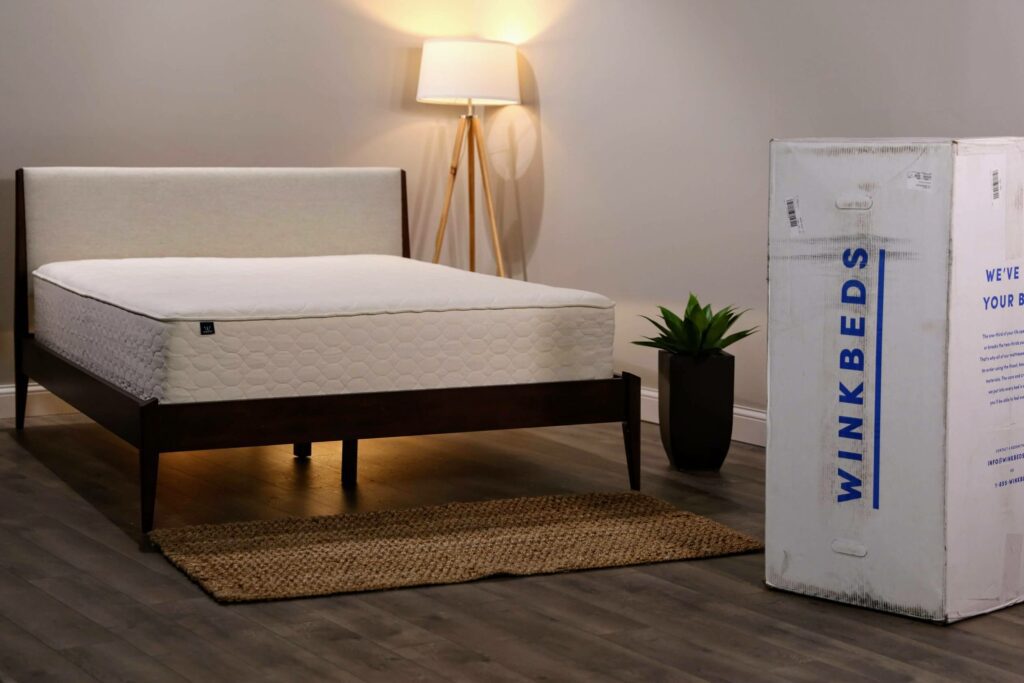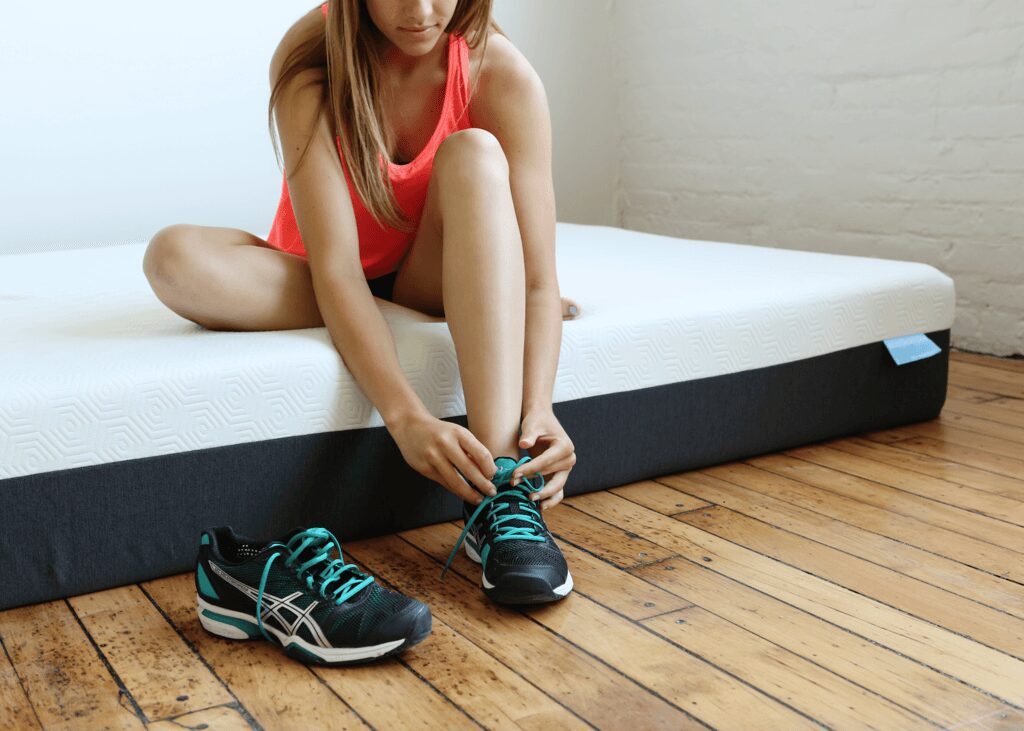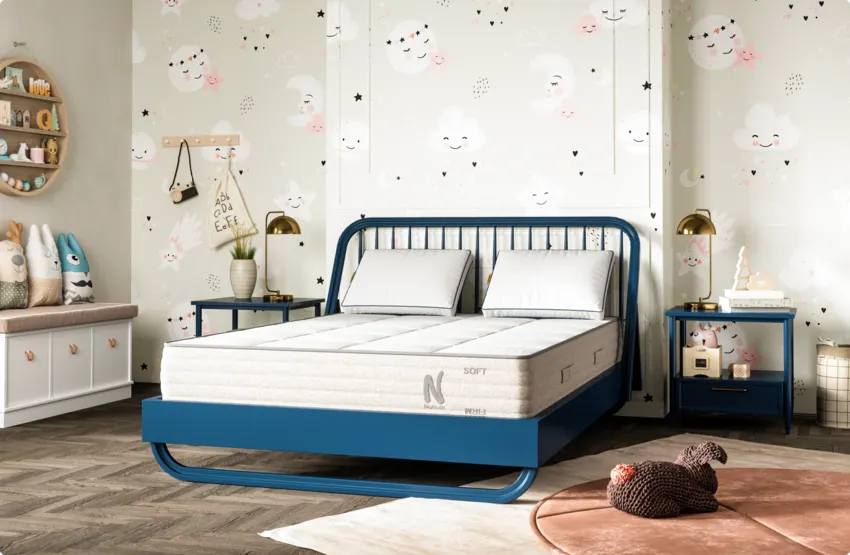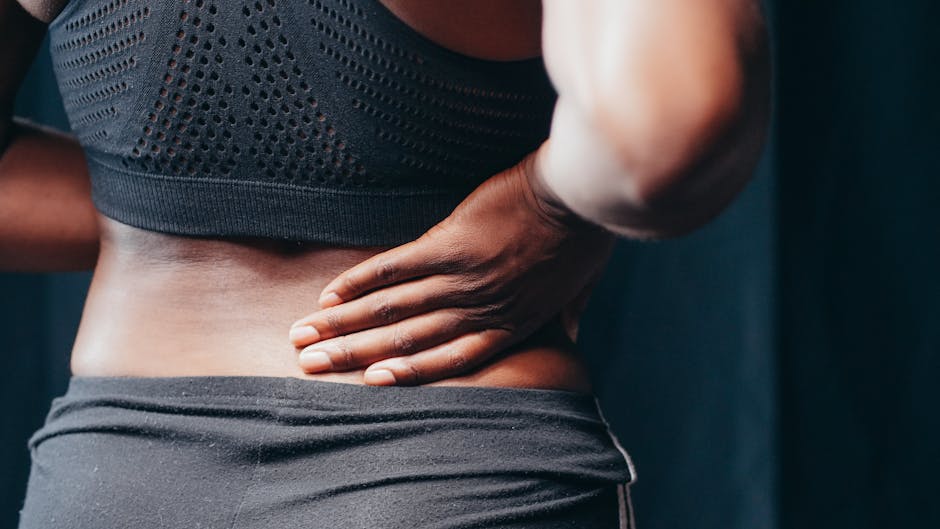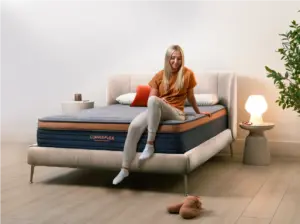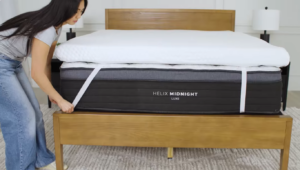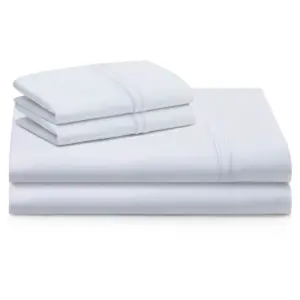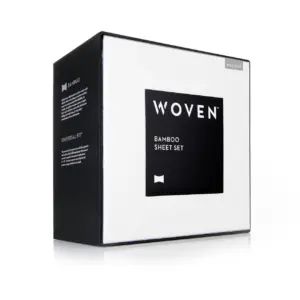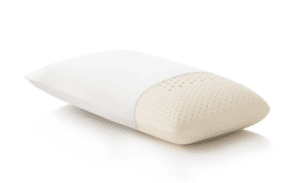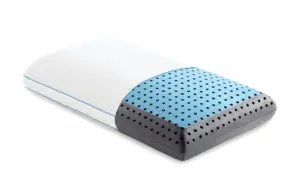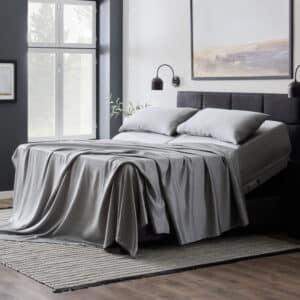Everything You Need to Know About Matelassé Bedding
What Is Matelassé Bedding?
Matelassé bedding, derived from the French term matlasser, meaning to quilt, represents a unique category of bedding renowned for its exquisite, quilt-like texture. This type of bedding stands out not for actual padding but for its specialized weaving technique that creates a raised, padded look. The fabric is crafted by intricately interweaving multiple yarns, resulting in a durable and visually captivating material that has become a staple in many homes.
Historical Background of Matelassé Bedding
The origins of matelassé bedding can be traced back to the early 18th century in Marseilles, France. During this period, hand-quilted fabrics were cleverly crafted using techniques like trapunto, also known as whitework quilting. These textiles gained immense popularity, prompting English manufacturers to explore ways to recreate them. In the 1740s, Robert Elsden pioneered a weaving method that approximated the quilted appearance of traditional hand-made fabrics using looms, marking the inception of what we recognize today as matelassé.
The introduction of the Jacquard loom in the 19th century revolutionized the production of matelassé, making the process more efficient and facilitating the creation of complex designs. Established brands like Bates began producing matelassé bedspreads on Jacquard looms in the early 1950s, a tradition that continues today.
What Sets Matelassé Bedding Apart?
Key Characteristics of Matelassé Bedding
1. Single-Ply Fabric: Despite its plush appearance, matelassé consists of a single layer of fabric. The secret lies in the unique weaving technique that produces a raised pattern, mimicking the look of a quilt without the added bulk.
2. Woven Patterns: The intricate woven patterns can range from floral designs to geometric shapes. The craftsmanship involved allows for a sophisticated aesthetic that can elevate any bedroom.
3. Natural Puffiness: While matelassé may feel thick and luxurious, it contains no padding. Instead, the puffiness results from how yarns are interwoven, creating a texture that comes to life after washing.
4. Jacquard Loom: The jacquard loom is essential in producing matelassé fabrics. By controlling individual warp threads, this loom creates complex patterns that exhibit the traditional quilted charm while ensuring efficiency.
Uses of Matelassé Bedding
Matelassé bedding is versatile, transforming the aesthetics and functionality of bedrooms. Here are some common applications:
– Coverlets: Lightweight and elegant, matelassé coverlets are perfect for layering on warmer nights or as an additional layer of warmth during colder seasons.
– Decorative Shams: These add a striking visual element to your pillows. Matelassé shams not only enhance the style but also offer comfort, easily pairing with other fabric types for an exquisite look.
– Bedspreads: A matelassé bedspread contributes to a tidy and polished appearance as it covers the entire bed, reaching down to the floor. Its quilted texture creates a warm yet stylish ambiance in any room.
– Summer Blankets: Ideal for warm climates, matelassé blankets provide just enough warmth without overwhelming heat, making them a favorite choice for hot summer nights.
– Custom Bedding: Customizable matelassé pieces like bed skirts and pillowcases allow for unique decor tailored to personal preferences, enhancing the overall bedroom design.
Benefits of Matelassé Bedding
Matelassé bedding’s appeal goes beyond aesthetics. Here are its primary benefits:
– Versatility: Whether as a coverlet or a decorative layer, matelassé can effortlessly adapt to any season, making it an all-year-round choice.
– Durability: The tight weave used in matelassé creates a strong fabric, ensuring longevity and reducing the need for frequent replacement.
– Aesthetic Charm: With its luxurious appearance and varied design options, matelassé adds sophistication and style to bedrooms, fitting various design themes.
– Lightweight Comfort: Unlike traditional quilts, matelassé is lighter and easier to manage. Its breathable construction ensures comfort throughout different seasons.
– Easy Maintenance: Caring for matelassé is simple, requiring basic washing and drying guidelines to preserve its quality, making it practical for daily use.
How to Care for Matelassé Bedding
Ensuring the longevity of matelassé bedding is crucial. Here are essential care tips:
– Shrinkage Awareness: Matelassé fabrics may shrink more than regular bedding; expect about 5-7% shrinkage. Consider professional laundering for optimal results.
– Washing Guidelines: If washing at home, opt for warm water rather than hot to minimize shrinkage. Always refer to care labels for specific instructions.
– Drying Techniques: Air drying is recommended to maintain fabric integrity. If using a dryer, select a low-heat setting to prevent significant shrinkage.
– Blocking Method: After washing, lay the fabric flat to dry and gently stretch it back to its original size. This technique helps maintain its shape and reduces shrinkage risks.
Conclusion
Matelassé bedding is a splendid fusion of elegance and practicality. Its unique quilted appearance, achieved without adding bulk, offers an ideal texture for any bedroom while remaining versatile and easy to maintain. As you explore options for your bedding ensemble, consider the timeless charm and utility of matelassé.
Choosing matelassé is not just about aesthetics; it’s about enhancing your sleep experience with quality materials that stand the test of time. Elevate your bedroom decor with this luxurious textile, ensuring comfort and style blend seamlessly in your personal sanctuary.

